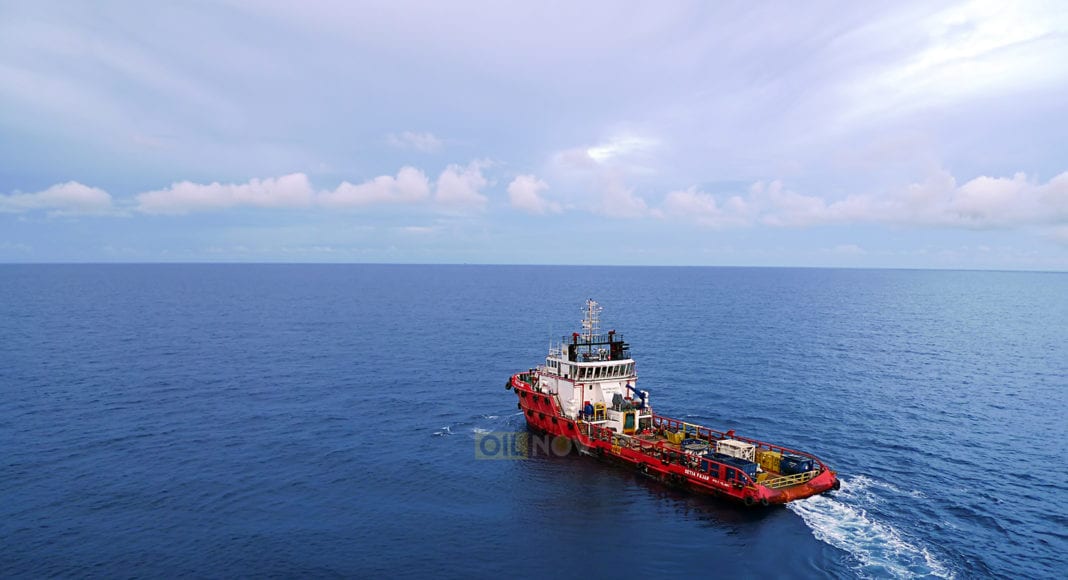The success rate of global conventional oil and gas exploration has declined in recent years, but the most painful blow has been to onshore wildcat wells, a Rystad Energy analysis reveals. In 2020, the success rate of these drilled wildcats plummeted to an all-time-low of 10.6%, marking an annual decline for a fourth year in a row. Meanwhile, the exploration success rate offshore Guyana at the prolific Stabroek block remains the highest in the world at around 80%, with multi-billion-barrel discovery potential remaining.
According to Rystad Energy, during the first half of the last decade, the operators enjoyed high success rates in their wildcat drilling campaigns, of between 40-60% for onshore and 30-40% for offshore. Both onshore and offshore wells have seen a decline in success rates in recent years but for onshore the drop since 2016 – when explorers recorded nearly 60% success with their wildcats – has been particularly alarming.
“For offshore wildcat wells it’s been more of a hit and miss,” Rystad Energy said. “The offshore success rate has seen mild fluctuations during this decade and the 2020 score ended at 24.8%, down from 28.6% in 2019 but slightly higher than the 24.1% score recorded in 2018.”
Guyana has been an outlier since U.S. oil major ExxonMobil hit pay at the giant Liza field in 2015, racking up 18 discoveries at Stabroek, with just three misses – Skipjack, Sorubim and Hassa. The company has been unsuccessful so far at finding commercial quantities of crude outside of Stabroek with disappointments at the Kaieteur block (Tanager) and Canje block (Bulletwood). However, these campaigns have provided valuable data about the reservoirs and geology which is guiding further exploration programmes at these acreages.
Stabroek Block offers best options in a global industry under pressure
“Every well in frontier oil and gas exploration provides invaluable data to inform future activities,” ExxonMobil Guyana Public and Government Affairs Advisor, Janelle Persaud told OilNOW in a comment last week following the announcement of the Bulletwood results.
The company has said its highly trained Geoscientists, use of cutting-edge technology and proprietary seismic data have played a major role in its exploration success rate in Guyana.
“The foundation for these discoveries is up-front investment in proprietary seismic data and proprietary technology that ExxonMobil has developed, such as full wavefield inversion imaging and algorithms that run on supercomputers to give us the best chance of finding oil and gas deposits,” Alistair Routledge, President of ExxonMobil Guyana said September last.
Rystad Energy said although new volumes found in 2020 exceeded 10 billion barrels, only 12% of the wildcats had a volume potential greater than 250 million barrels of oil equivalent (boe). Of these, 66% targeted reservoirs in deep and ultra-deep waters, 20% were in onshore basins and the remaining 14% were in shallow waters.
“In 2021, we expect around 70% of the high-impact wildcats to target deepwater and ultra-deepwater plays, while 17% are in offshore shelf areas and the remaining 13% are onshore. This indicates that the high-risk deep and ultra-deep plays continue to garner interest despite the decrease in exploration spending,” the energy research and business intelligence company said.



